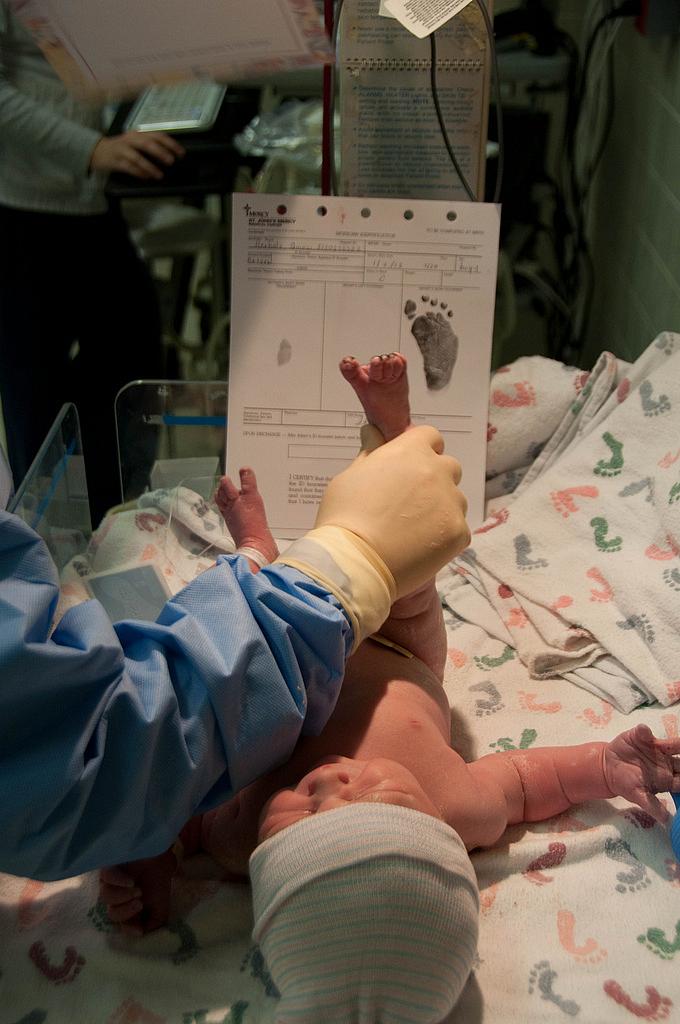Well Sourced: Use vital records to find patients, document trends

Some of you probably can’t believe that I’ve written more than a dozen Well Sourced posts and have not yet talked about death records. My “A Public Death” series began in 2011 and now totals nearly 30 posts. Death records – and birth records – are crucial to public health and to health reporting because they are among very few ways that we as a society pause to document our own health status. The many attempts to make birth and death records a secret shared only with a select few do real damage to efforts to improve health in communities large and small.
SOURCE: The county clerk and recorder office.
WHAT IT DOES: Collects vital information about births and deaths, ostensibly for every person who is born or who dies in the county.
WHAT IT DOES NOT DO: In too many cases, these offices don’t make it easy for you to access such records.
RECORDS: Sometimes you will just want information in the aggregate, and your county may allow you to have a full database of birth and death records for a particular set of years. In other cases, you may want to see a specific birth or death in a non-certified copy of the birth or death certificate. This can be a great way to find the families of deceased patients or to find a person you know was born on a particular date but have not been able to track down.
Depending on the clerk’s system, you can look up who died on what day and who was born on what day. This can help you find patients who are unnamed in court and medical board records but who have a date of death or birth. If you are writing about a baby who died during childbirth, for example, and all you know from the records is the date of the birth and death, you can look up everyone who was born or died on that day. Increasingly, birth and death records are accessible online, but often you have to be a member of the family, a lawyer, or an insurance agency to access them. I have found the most simple route is to go to each county office where you think the death or birth may have occurred and look through the records there.
DRAWBACKS: Some states and counties have made it more difficult to gain access to birth and death records in recent years.
SUGGESTION: When you are writing about someone who has died, you should always try to get a copy of the death certificate. There are a number of reasons for this. Families can be vague or even confused about the cause of death, for one. Sometimes the details on the death certificate won’t square with what you’ve been told, for two. And the certificate also will give you the person’s last known address, next of kin in some cases, and the doctor who signed off on the death. That person could be a source or the subject of your inquiry.
EXAMPLE: The information on the death certificates is sometimes suspect. Multiple studies have revealed their inaccuracies, which are partially the result of human error and partially the result of laziness. In 2013, a group of researchers, led by Barbara A. Wexelman, a resident at St. Luke’s Roosevelt Hospital Center, published the results of a survey of 521 medical residents and found that “Only 33.3% of all respondents and 22.7% of high-volume residents believed that cause-of-death reporting is accurate.” They also found that half of respondents said they had incorrectly reported a cause of death. Sarah Kliff reported on the study for the Washington Post’s Wonkblog:
As to why doctors were reporting inaccurate causes of death, it actually appears to be a weirdly bureaucratic reason: Three-quarters said the system they use in New York City would not accept what they thought to be the real cause of death. So they put in something else instead. Other reasons for reporting the wrong cause of death that turned up in the survey included 'My attending told me to put something else' and 'I did not know why the patient died/I took my best guess.'
It’s important to note that larger analyses of death records have found that they are more accurate than this, although problems remain. And, even with their flaws, vital records are currently the best documentation we have of two of the most important events in any human history. Keep them public, or we really will be working blindly to improve health locally and globally.
Photo by Dave Herholz via Flickr.

